Chelo Alonso: The Cuban H-Bomb Who Ignited Italian Cinema with Fiery Dances and Unbreakable Spirit
She wasn’t just a performer—she was a phenomenon. A force of nature wrapped in rhythm and rebellion. From the sultry streets of Havana to the glittering lights of European cinema, she carried a spark that couldn’t be contained. She was the storm that swept through a complacent industry, the dancer who refused to bow, and the woman whose fire lit up every stage she touched. Her name was Chelo Alonso, and her story is one of movement, passion, and fearless individuality.
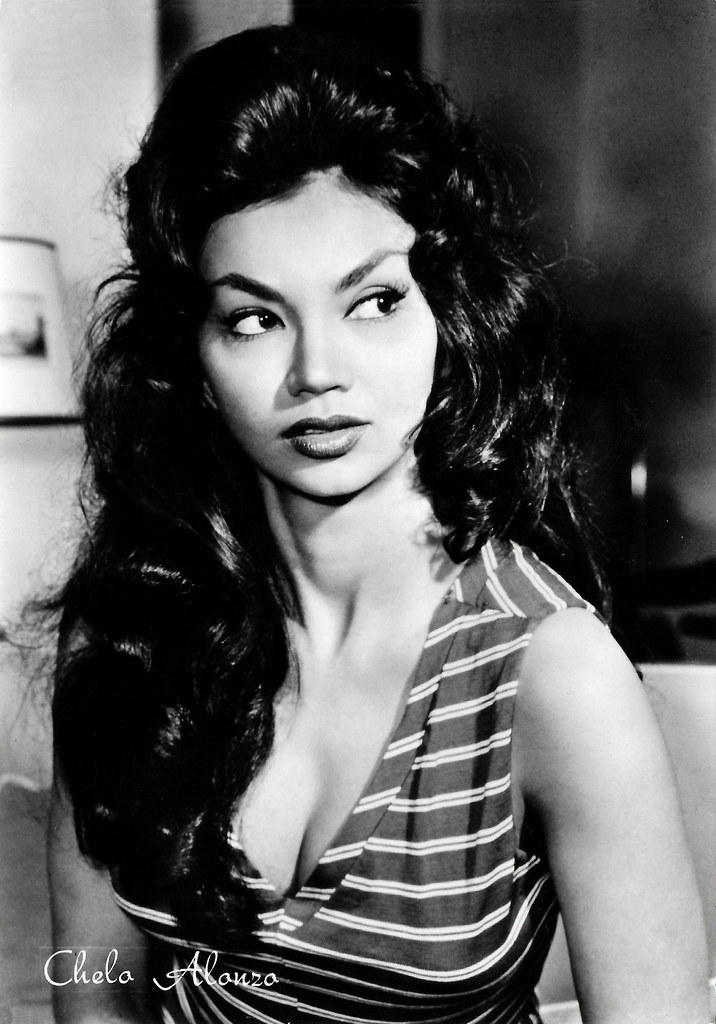
Born of Rhythm: The Cuban Girl Who Danced with Destiny
It began in Camagüey, Cuba, on April 10, 1933. The air was thick with music—drums beating, heels tapping, laughter filling the streets. Into this world of rhythm and color came Isabel Apolonia García Hernández, later known to millions as Chelo Alonso. Her Mexican-Cuban heritage gave her both spice and soul, and from an early age, she seemed destined for the stage.

As a child, she moved to music like it was a language only she could speak. By her teenage years, Chelo was performing professionally, captivating Havana’s elite with her blend of Afro-Cuban intensity and theatrical grace. Her body spoke what words couldn’t—every twist of her hips and flick of her wrists a declaration of joy, defiance, and independence.
When the political tides in Cuba began to turn, Chelo listened to a deeper rhythm—the rhythm of freedom. With little more than talent and determination, she set her sights on Europe, carrying her dreams across the Atlantic.
Video : Chelo Alonso – the Cuban Monroe!
Paris Nights: The Explosion of a Star
The mid-1950s Paris cabaret scene was electric—and Chelo Alonso lit it on fire. Landing a coveted spot at the legendary Folies Bergère, she took the stage where Josephine Baker had once reigned. But Chelo didn’t imitate—she innovated. Her routines fused traditional Caribbean movement with flamenco, belly dance, and pure invention. The result? Audiences gasped, critics raved, and a legend was born.
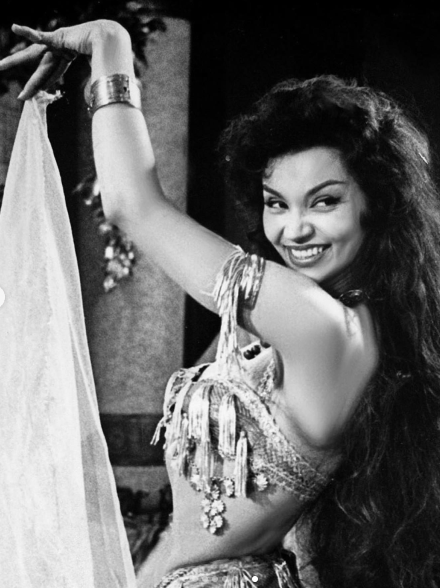
The press dubbed her “The Cuban H-Bomb,” not as a gimmick but as acknowledgment of the raw power she exuded. Every performance felt dangerous, alive, unpredictable. She danced like a storm in human form—wild, free, unrestrained. “I wasn’t performing,” she once said. “I was living.”
Italy soon came calling, hungry for her magnetism. It was there that cinema found its next icon.
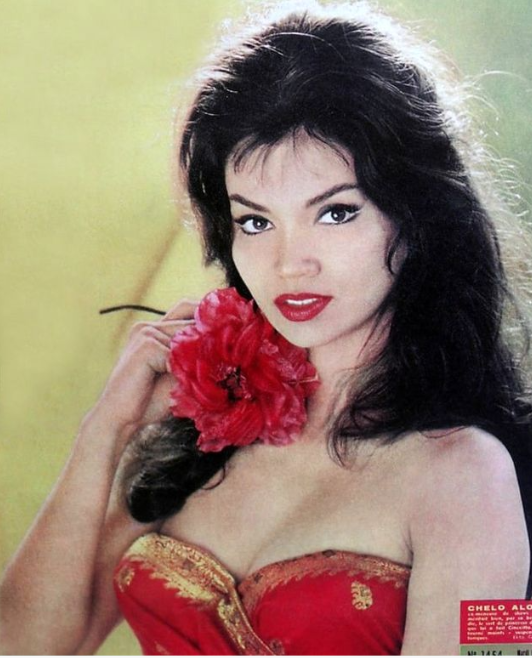
Queen of the Peplum: Conquering Italian Cinema
In the late 1950s and early ’60s, Italy’s sword-and-sandal epics—known as peplum films—were all the rage. These larger-than-life tales of gladiators, warriors, and goddesses needed someone who could match their intensity. Enter Chelo Alonso.
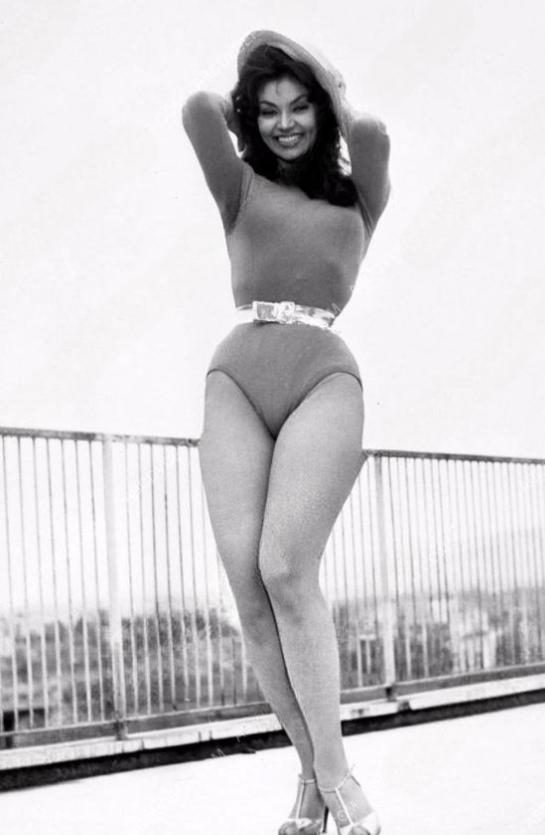
Her breakout role came in Sign of the Gladiator (1959), where her hypnotic dance nearly eclipsed the film’s leading lady. The audience couldn’t look away—Chelo’s movements were both art and electricity. That same year, she starred opposite Steve Reeves in Goliath and the Barbarians, and suddenly, her name was everywhere.

Over the next decade, she became a fixture in Italian cinema—fiery queens, mysterious priestesses, seductive warriors. Films like Morgan the Pirate, Son of Samson, and Attack of the Normans made her an international sensation. But what truly made her unforgettable wasn’t just her beauty—it was her presence. Chelo radiated power in an era when women were expected to fade into the background.

The Power of Dance: More Than Seduction, It Was Rebellion
For Chelo, dance was never just performance—it was liberation. Her signature sequences were explosions of rhythm and emotion. In Terror of the Red Mask, she turned candlelight and silence into a symphony of movement. In The Huns, she transformed rage into elegance, fury into grace.

Her dances didn’t just entertain—they disrupted. In a male-dominated industry, she used her art to reclaim control of the gaze, proving that sensuality could coexist with strength. “I danced for myself,” she once said. “If others watched, that was their privilege.”
Video : Steve Reeves kissed Chelo Alonso rare footage,behind the scenes
Love, Loss, and Reinvention
Behind the camera, Chelo’s life was a tapestry of passion and perseverance. In 1961, she married Aldo Pomilia, a film producer who believed in her talent as much as he loved her spirit. Together they had a son, Aldino, and for a time, life was blissful.
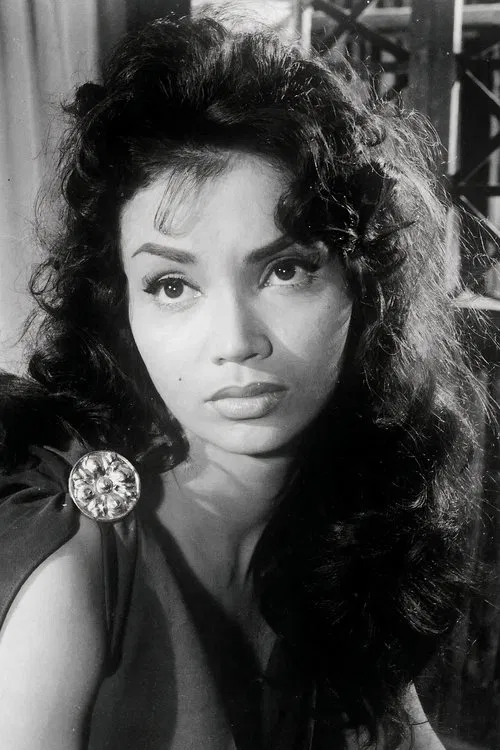
When Aldo passed away in 1986, Chelo was devastated. Yet, as always, she found strength in reinvention. She left the chaos of film sets behind and settled in Tuscany, turning a quiet piece of countryside into a thriving inn. She bred Siamese cats, baked bread for her guests, and created a life that was peaceful yet vibrant. The stage lights were gone, but her spark remained.

Even as Parkinson’s disease began to take its toll, she faced it with her trademark courage and humor. “A dancer never stops moving,” she said. “Even if only in her dreams.”
A Flame That Never Went Out
Chelo Alonso passed away in 2019 at the age of 85, leaving behind a legacy as bold as her performances. Yet her influence hasn’t dimmed. Younger generations—dancers, actresses, and creators—continue to rediscover her work. On social media, her old film clips have gone viral again, her moves studied and celebrated for their passion and originality.
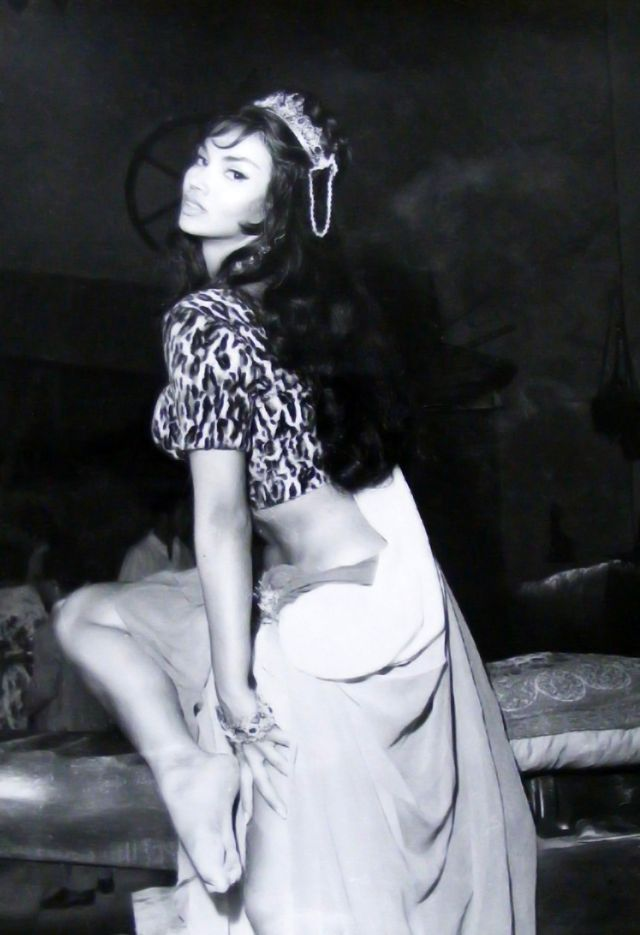
She broke stereotypes long before anyone was talking about diversity in cinema. She showed the world that Latin women could be both powerful and poetic, fierce and feminine.
Her fire didn’t fade—it evolved.
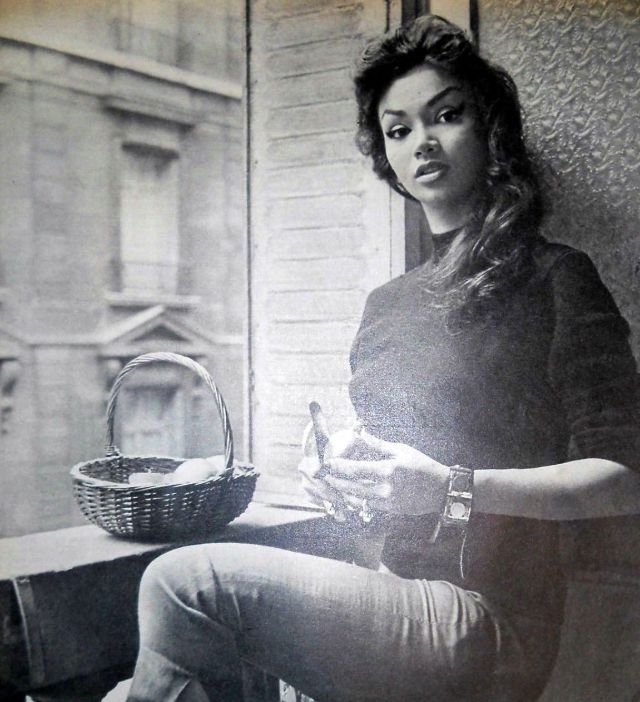
The Legacy of a Woman Who Dared to Burn Bright
Chelo Alonso’s story is more than a tale of stardom—it’s a reminder of what it means to live unapologetically. From her humble beginnings in Cuba to her reign over European cinema, she embodied a truth that still resonates today: freedom isn’t given; it’s danced for.

She was the embodiment of courage and charisma, the woman who refused to be defined by anyone else’s rhythm. And though her curtain has long fallen, her spirit still moves—wild, magnetic, and unstoppable.
Because real icons don’t fade away. They keep dancing—long after the music stops.
